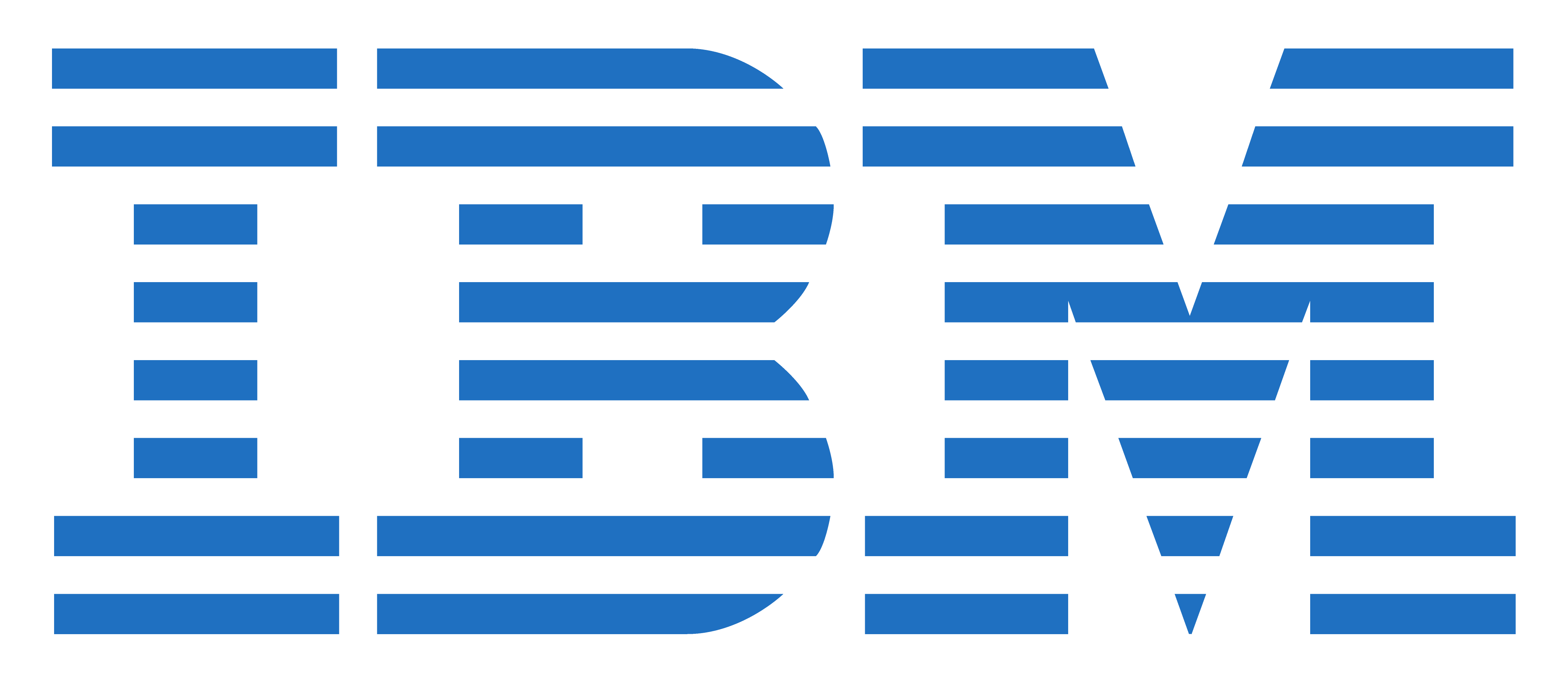Data Visualization in Tableau Course
In 2020 the world has generated 50 times the amount of data as in 2011. And 75 times the number of information sources (IDC, 2011). Being able to use this data provides huge opportunities and to turn these opportunities into reality, people need to use data to solve problems.
This Specialization, in collaboration with Tableau, is intended for newcomers to data visualization with no prior experience using Tableau. We leverage Tableau’s library of resources to demonstrate best practices for data visualization and data storytelling. You will view examples from real world business cases and journalistic examples from leading media companies.
Tableau is a widely used business intelligence (BI) and analytics software trusted by companies like Amazon, Experian, Samyak and Unilever to explore, visualize, and securely share data in the form of Workbooks and Dashboards. With its user-friendly drag-and-drop functionality it can be used by everyone to quickly clean, analyze, and visualize your team’s data. You’ll learn how to navigate Tableau’s interface and connect and present data using easy-to-understand visualizations. By the end of this training, you’ll have the skills you need to confidently explore Tableau and build impactful data dashboards. Let’s dive in.
By the end of this tableau course, you will be able to generate powerful reports and dashboards that will help people make decisions and take action based on their business data. You will use Tableau to create high-impact visualizations of common data analyses to help you see and understand your data. You will apply predicative analytics to improve business decision making. The Specialization culminates in a Capstone Project in which you will use sample data to create visualizations, dashboards, and data models to prepare a presentation to the executive leadership of a fictional company.
Duration
2 Months including Lab
Eligibility
Undergraduates, Graduates
Post-Graduates
Job Aspirants
School Going Students
Pre-requisites
No Programming
Take Away: Why takeTableau Course
Data visualization skills are tremendously important in today’s data driven economy. Collecting and analysing data is just one step; to communicate your results to clients or your managers, you need to present the data in a coherent and intuitive way. Charts or graphs allow the human brain to visualize and understand large amounts of complex data.
This course will teach you to use data visualization to explore and understand data, and then communicate insights in a powerful and meaningful ways.
Deep Dive into Tableau Course
Introduction
- Course Introduction
Field Types and Visual Cues
- Tableau Desktop
- Scenario
- Objectives
- Application Terminology and Definitions
- Opening and Closing Tableau
- Data Source Page
- Tableau Workspace
- Files and Folders
- Getting Started with Tableau
- View Terminology and Definitions
- View Sections
- Data Terminology and Definitions
- Data Types
- Data Roles: Dimension vs. Measure
- Data Roles: Continuous vs. Discrete
- Changing Data Roles
- Visual Cues for Fields
- Visual Cues for Fields in the Data Pane
- Visual Cues for Fields in the Rows or Column Shelves
Data Connection in Tableau Interface
- Data Connections in the Tableau
- Connecting to Tableau Data Server
- What is a Join
- Types of Joins
- When to Use Joining
- Enabling Right Outer Join
- Right Outer Join and Custom SQL Enabled
- What is Data Blending
- When to Use Data Blending
- Data Blending in Tableau
- Differences Between Joining and Blending
- Joining vs. Blending
- Writing Custom SQL
- Prepare your Data for Analysis
Organizing and Simplifying Data
- Organizing and Simplifying Data
- Objectives
- Filtering Data
- What is a Filter
- Applying a Filter to a View
- Filtering on Dimensions
- Filtering on Dimensions Functions
- Aggregating Measures
- Filtering on Measures
- Filtering on Dates
- Quick Filters
- Sorting of Data
- What is Sorting
- Sorting Data in Tableau
- Types of Sorting
- Creating Combined Fields
- Combined Fields
- Creating Groups and Defining Aliases
- What is a Group
- What are Aliases
- Defining an Alias
- Working with Sets and Combined Sets
- Sets
- Combined Sets
- Working with Groups and Sets
- Drill to Other Levels in a Hierarchy
- Grand totals and Subtotals
- Adding Totals
- Adding Totals
- How to Define Aggregations
- Changing Aggregation Function
- Tableau Bins
- Bins
- Fixed Sized Bins
- Variable Sized Bins
Formatting and Annotations
- Formatting and Annotations
- Custom Geocoding
- Adding Caption to Views
- Click Interaction Adding Title to View
- Click Interaction2 Adding Captions to View
- Using Titles Captions and Tool tips
- Adding Tooltips to Views
- Using Title Caption and Tooltip
- Formatting the Axes
- Edit Axis Option
- Formatting Views with Labels and Annotations
- Format Window
- Format Mark Labels
- Annotations
- Format Manipulations
Special Field Types
- Special Field Types
- Date Hierarchies
- Drilling in the Time Hierarchy
- Pivoting Date Parts on Shelves
- Differentiate Between Discrete and Continuous Dates
- Using Continuous Dates
- Using Discrete Dates
- Working with Discrete and Continuous dates
- What are Custom Dates
- Creating and Using Custom Dates
- Fiscal Year
- Define a Date Field on a Fiscal Year
- Relative Date Filters
- Importing Date Dimensions in Tableau from a Cube
- Work with Date Hierarchies on Cubes
- Dates in Cube (Multidimensional) Data Sources
- Dates in Cubes Vs. Relational Data Sources
Tableau Generated Fields
- Tableau Generated Fields
- Using Measure Values and Measure Names
- Using Multiple Measures in a View
- Using the Number of Records Measure
- Using Latitude and Longitude Fields
Chart Types
- Chart Types
- Working with Combined Axis
- Working with Combination Charts
- Understanding geocoding and geographic mapping in tableau
- Combined Axis Graph and Scatter Plot
- Describe text and highlight tables
- Work with Pages Shelf and Create Motion Charts
- Heat Maps
- Using Bins and Histograms
- Using Histograms
- Using Pie Charts
- Compare Measures Using Bullet Charts
- Using Bar in Bar Charts
- Define Advanced Chart Types
- Using Pareto Charts
- Creating Pareto Charts
- Using Waterfall Charts
- Using Gantt Charts
- Working with box plots
- Using Sparkline Charts
Calculations
- Calculations
- Objectives
- Strings Date Logical and Arithmetic Calculation
- Working with Strings Date Logical and Arithmetic Calculations
- Using Strings Date Logical and Arithmetic Calculations
- Working with Arithmetic Calculations
- Aggregation Options
- Working with Aggregation Options
- Grand Totals and Sub-Totals
- Quick Table Calculations
- Creating Quick Table Calculations
- Working with Quick Table Calculations
- Automatic and Custom Split
- Ad-hoc Analytics
- LOD Calculations
Creating and using Parameters
- Creating and using Parameters
- Objectives
- What is a Parameter
- Creating a Parameter
- Exploring Parameter Controls
- Work with Parameters
- Click Interaction Working with Parameters
Mapping
- Mapping
- Objectives
- Modifying Locations within Tableau
- Importing and Modifying Custom Geocoding
- Working with Symbol Map and Filled Map
- Using Background Image
- Exploring Geographic Search
- Perform Pan Zoom Lasso and Radial Selection
- Working with WMS Server Maps
Statistics
- Statistics
- Objectives
- Add Reference Lines Bands and Distribution
- Adding Reference Lines
- Adding Reference Bands
- Adding Reference Distribution
- Working Reference Lines Bands and Forecasting
- Trend lines and Trend Models
- Understanding Trend Lines
- Enabling Trend lines
- Click Interaction Understanding Trend Models
- Working with Describe Trend Model Window
- Working with Trend Lines
- Statistical Summary Card
- Perform Drag and Drop Analytics
- Explore Instant Analysis
- Forecasting
Dashboards
- Dashboards
- Objectives
- Build Interactive Dashboards
- What is a Dashboard
- Building Dashboards
- Best practices for creating effective dashboards
- Comprehending Best Practices
- Creating a Dashboard and Importing Sheets
- Interaction Exploring Dashboard Actions
- Use of Running Actions
- Using Dashboard Actions
- Sharing your Work
- How to Share your Reports
- Exporting your Work
Case Study
- Project
- Resume preparation
- Mock interviews
Targeted International Certifications After Tableau Course

NSDC certification is aimed at improving the employability of individuals and making them more skilled and productive. The certification is available in a wide range of fields, including healthcare, beauty and wellness, retail, hospitality, IT, and many others.
PLACEMENT OF SAMYAKites
8678 SAMYAKites making waves in the industry.
































What Our Students Say




Manish Sir Taught me Very well. I learn many concept easily from classes.
I suggest to other for this course.
i came through a friend reference for the course but now i am fully satisfy...bcoz samyak providing practical knowledge and profecional training....

